Low-tech containers or high-tech drones and droids: what really disrupts logistics and the supply chain?

SPONSORED CONTENT FROM PATRIZIA
A simple steel box had the power to completely revolutionise the world of logistics. The low-tech container changed transportation from a labour-intensive activity to an efficient and smooth procedure.
One man, Malcolm McLean, set the whole container business in motion. He died in 2001, aged 87. However, his legacy and its long-lasting impact on shipping and the supply chain would be hard to beat. Or is there a high-tech equivalent in the pipeline?
It’s been 60 years since McClean’s Ideal X, the very first container ship, set out on its maiden voyage in 1956 from New Jersey to Texas, with its 58 matching containers on board. Now ubiquitous in every port, the uniformity and simple geometry of the identical containers has won over the logistics sector. And no wonder.
Staggering numbers on the move
Containers have speeded up the turnaround time in ports and at warehouses, and driven down the cost of cargo. Ships are now turned around faster, securely and more efficiently. The lifting, hauling and moving is the same over and over again. What may look like a life-size game of Tetris is actually an incredible feat and involves staggering numbers.
Worldwide, around 24 million “Twenty-foot Equivalent Units (TEU)” and 15 million “Forty-foot Equivalent Units (FEU)” standard containers are currently on the move. The latest container ships can hold 13,000 containers — but engineers are already working on solutions for ocean liners with room for 18,000 on board.
It’s no surprise then that trans-shipment, the transferring of containers from one cargo ship to another, makes up around two-thirds of the global flow of goods. What could possibly improve on this system?
Not just drones or droids, but mass digitalisation
Although delivery drones are definitely an eye-catching and headline-grabbing innovation, they’re unlikely to offer scalable commercial solutions anytime soon. Digitalisation, on the other hand, is the one mega-trend that could.
The mass adoption of digital technology is fuelling a fourth industrial revolution, which will bring the physical and digital worlds closer together. This interconnectedness will enable new production methods, for example with 3D printers, and even improve on innovative delivery gadgets, such as the DHL parcelcopter. Digitalisation is streamlining manufacturing, transforming distribution — and changing consumer behaviour.
Changing consumer behaviour will result in new technology advanced logistics buildings
And the latter is having the most impact on the way that retailers and logistics service providers operate. Besides the need for clinical, well-maintained and 24/7 high-security building environments, changing consumer behaviour will result in new technology advanced logistics buildings to handle B2B and B2C products more efficiently and effectively.

Innovative technology has a clear future role in logistics. Today we are already witnessing the use of intelligent robotics for sorting, handling and picking of products, KIVA technology used by Amazon, conveyor belt systems on multi-story levels for sorting, picking and packing of primarily non-food products, with food products to be added.
In essence, we are seeing a new class of use-specific logistics facilities emerging, as e-commerce logistics models play catch up with the rapid boom in online retailing and changing consumer behaviour and preferences.
We are heading towards a supply chain that mixes low-tech with high-tech, digital with the real world, as well as virtual with the personal.
As with many new inventions, people were keen to make fun of the apparent simplicity of McClean’s box. Bear that in mind before you laugh off today’s ideas. They might just start another revolution.
Roger Peters, group head PATRIZIA Logistics Management Europe B.V.
About PATRIZIA Immobilien AG
PATRIZIA Immobilien AG has been active as an investment manager on the real estate market in 15 European countries for more than 30 years. PATRIZIA’s range includes the acquisition, management, value increase and sale of residential and commercial real estate over own licensed investment platforms. As one of the leading real estate investment companies in Europe PATRIZIA operates as a respected business partner of large institutional investors and retail investors in all major European countries. Currently, the Company manages real estate assets worth around EUR 17 billion, primarily as a co-investor and portfolio manager for insurance companies, pension fund institutions, sovereign funds, savings and cooperative banks.






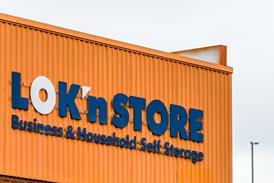

















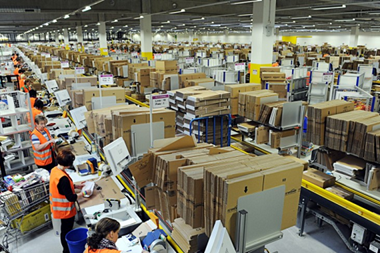
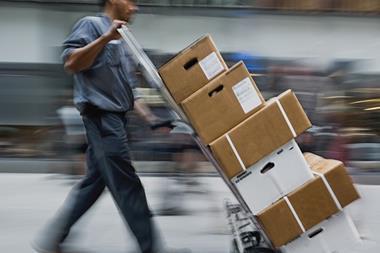

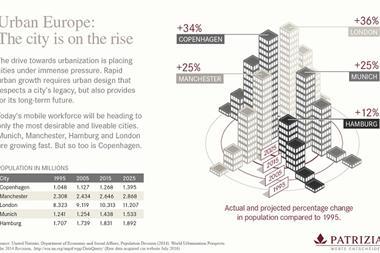
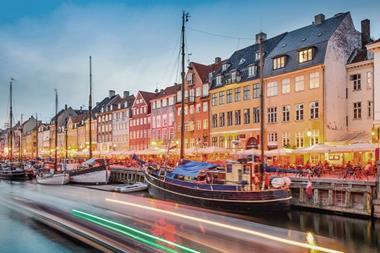

No comments yet